No Results Found
The page you requested could not be found. Try refining your search, or use the navigation above to locate the post.
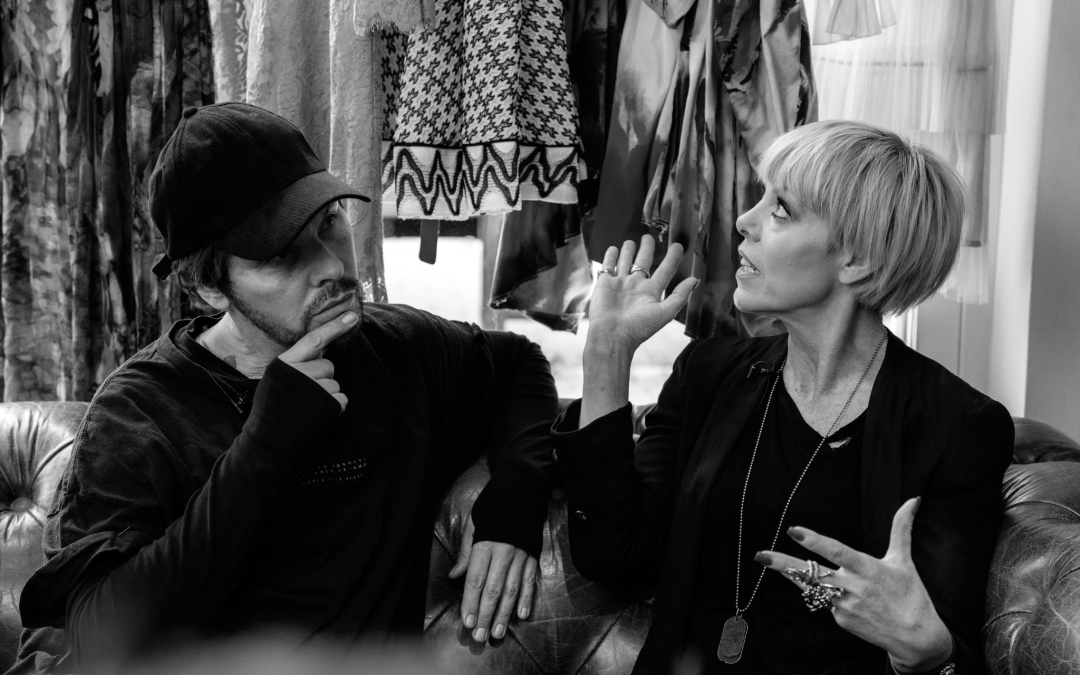

Darren and Jackie Ambrose – co-founders of D&J Ambrose in Pinner – unpack their longstanding partnership, which has combined individual passions to achieve spectacularly original outcomes. Also championing new faces, the duo works hard to mentor and inspire rising stars in their salon, as well as through important industry initiatives. True visionaries with creativity at their core, enjoy their ‘collaborator story’…
A Creative HEAD video project in partnership with L’Oréal Professionnel Paris
The page you requested could not be found. Try refining your search, or use the navigation above to locate the post.
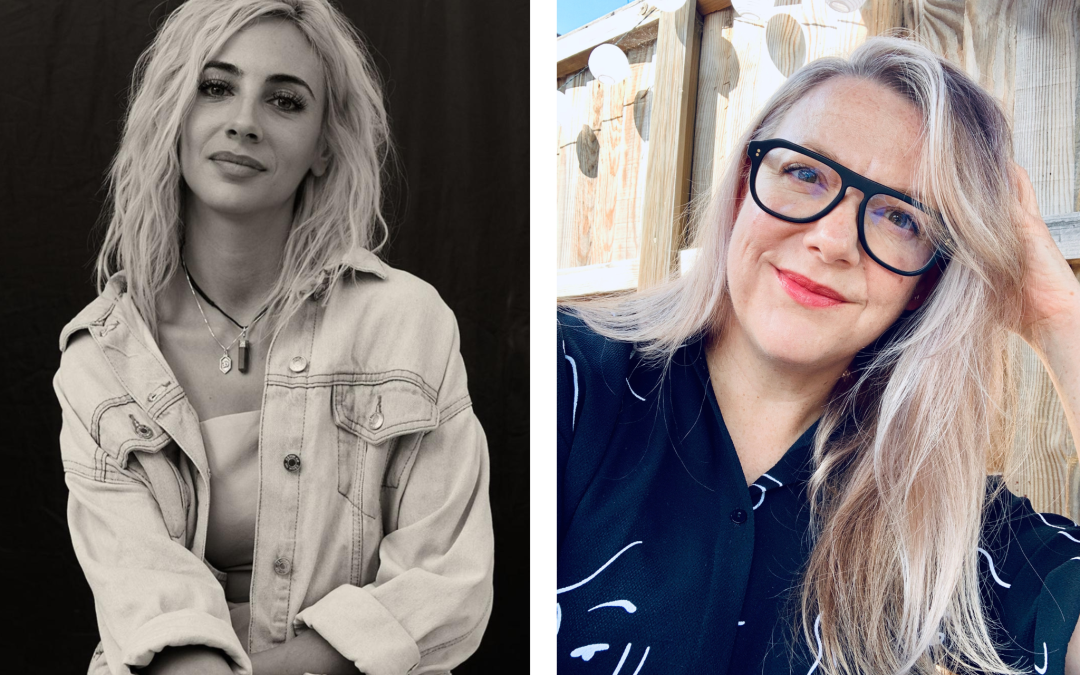

Hear about colourist Jordanna Cobella’s extraordinary career curveballs, why she’s been busy ringing up headmistresses, and which famous faces she’d love to work with in this exclusive conversation, hand-picked from Creative HEAD’s video archives.
A Creative HEAD video project in partnership with Wella Professionals
The page you requested could not be found. Try refining your search, or use the navigation above to locate the post.
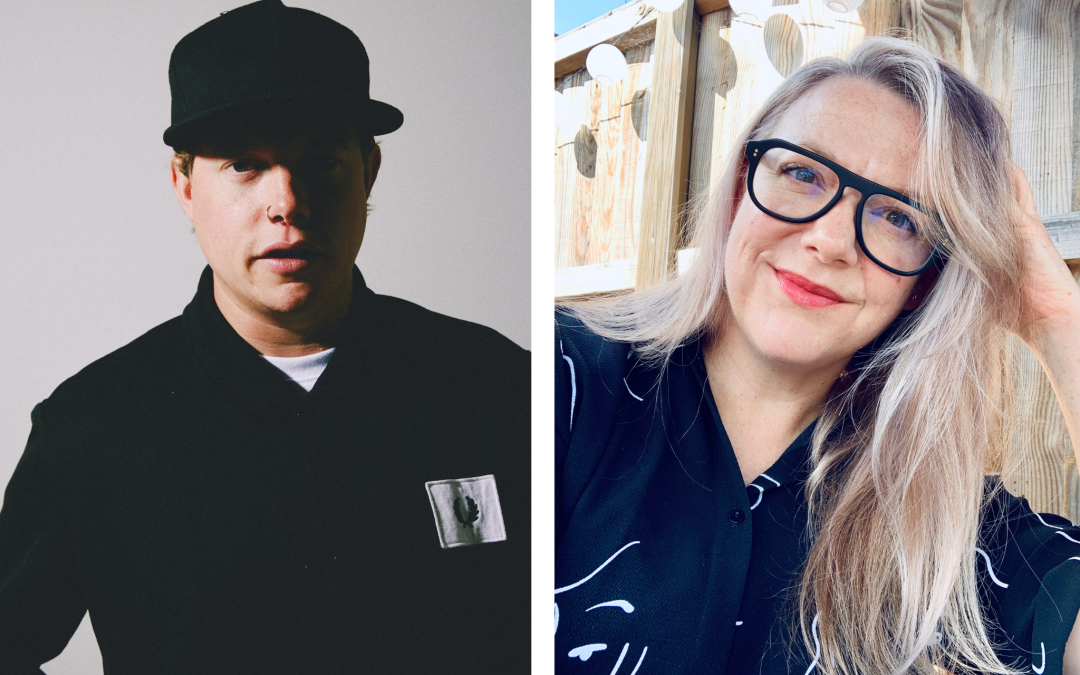

Since chatting to Creative HEAD’s Amanda Nottage back in 2018, Ky Wilson has gone on to launch successful co-working spaces, win coveted awards and, be a little bit disruptive with thought-providing, opinion-challenging industry events.
A Creative HEAD video project in partnership with BaByliss PRO
The page you requested could not be found. Try refining your search, or use the navigation above to locate the post.
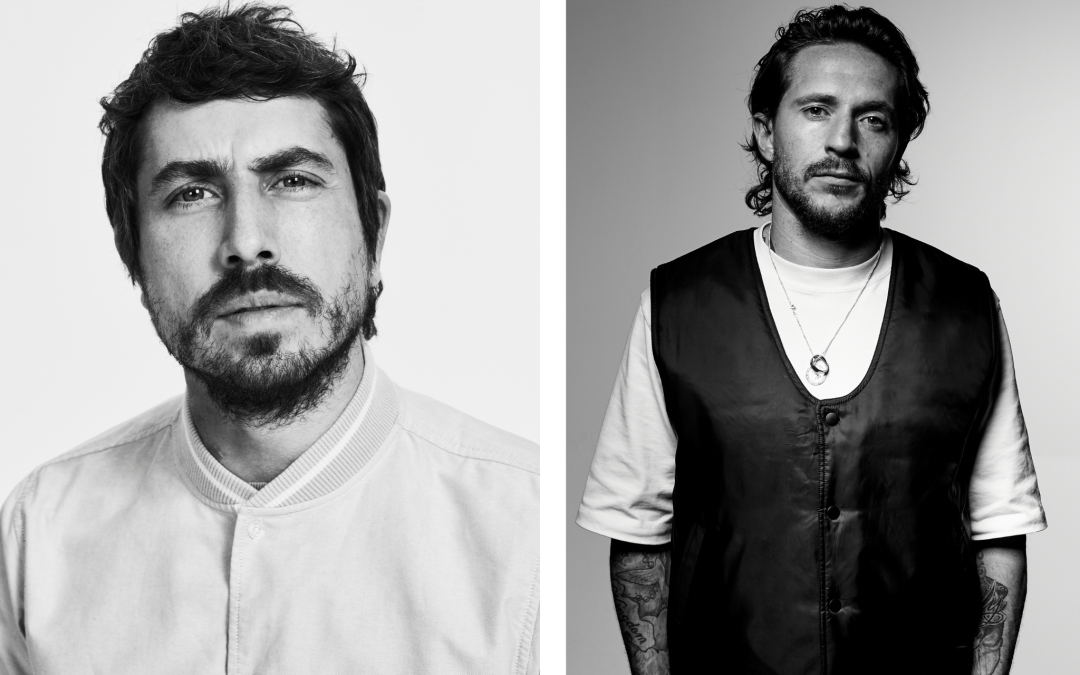
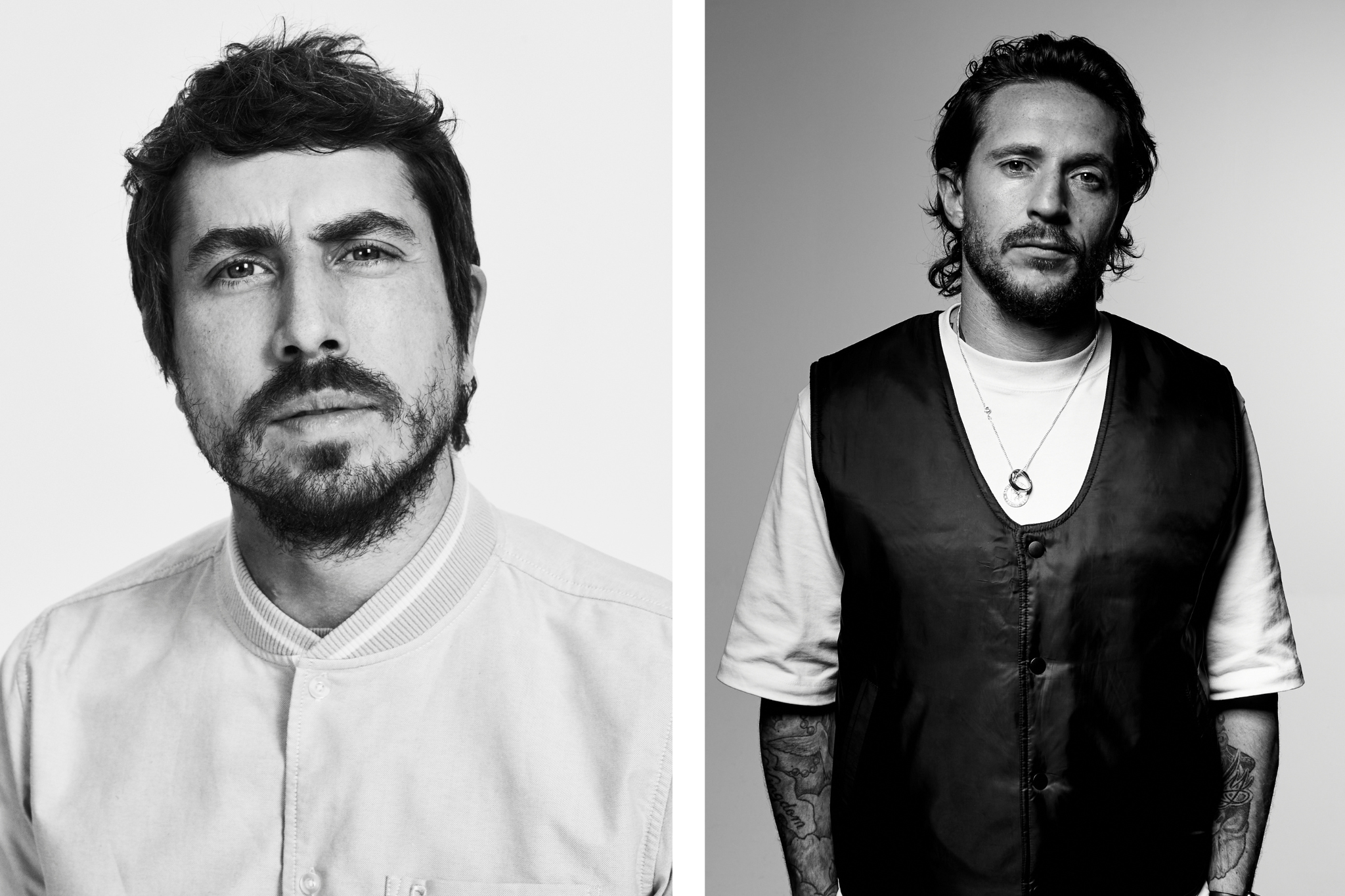
When a 17-year-old Charlie Cullen walked into the Toni&Guy Academy London back in 2005, Jody Taylor was the course teacher. With similar backgrounds and creative visions, the pair instantly hit it off and what progressed was not only a career-long working relationship but a lasting friendship. Fifteen years later, when this podcast was recorded, both had already achieved enviable reputations in the men’s hair market. Jody’s CV was packed with big brand collaborations – from Topman to Pretty Green, shoots with notable names like Callum Turner and magazine credits including GQ and Hunger. And Charlie had established a successful international education programme and was regularly working backstage regular at London Fashion week. They had a ball recording this podcast for us, and it’s worth a listen.
A Creative HEAD podcast project in partnership with Treatwell
The page you requested could not be found. Try refining your search, or use the navigation above to locate the post.
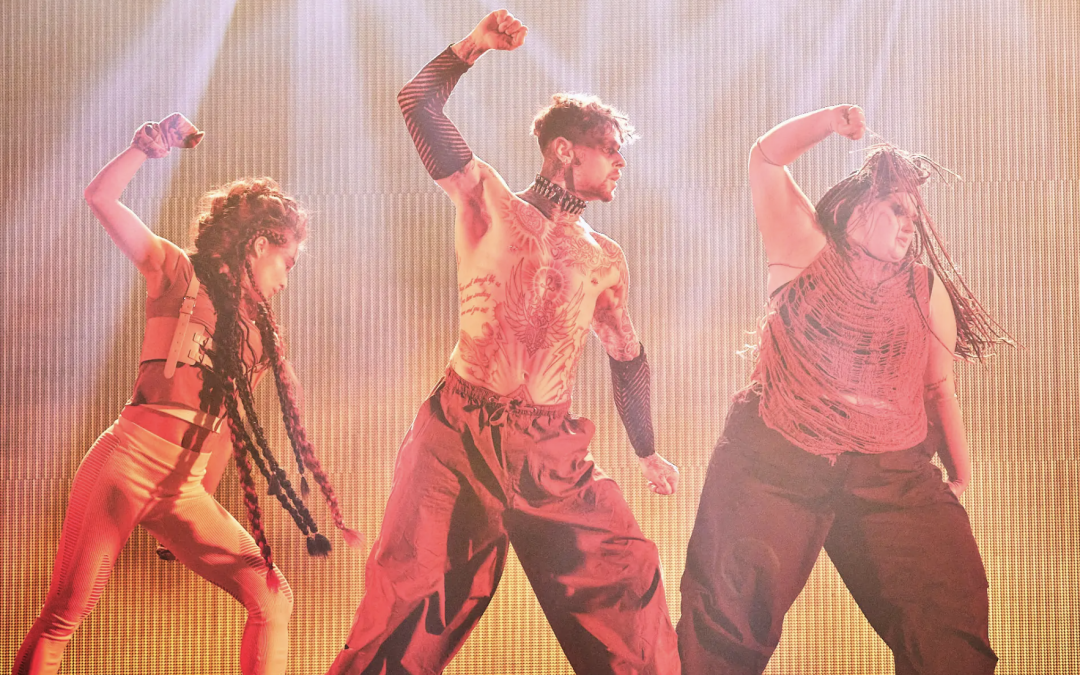
Salon group Headmasters revealed its big winners of 2023 at London Evolution in Battersea Park, with a carnival-themed event attended by more than 800 Headmasters team members.
Staff from 54 salons, two academies and its head office gathered to recognise and celebrate the achievements of Headmasters throughout 2023, with award winners revealed by Iain Stirling, host comedian and the voice of TV’s Love Island.
The event was kicked off with a hair show by the Headmasters Artistic Team, led by creative ambassadors Clare Hansford and Sian Couldridge. It showcased four themes to illustrate how society’s definition of beauty has changed over time, from the Elizabethan era to modern day and beyond to how beauty may evolve in the future.
The awards followed, celebrating both creativity and business successes as well as service milestones and those who made record takings to be named on the Headmasters A-List and Honours List. The climax was a live raffle, where every colour appointment in 2023 earned stylists a ticket and a chance to win £10,000 to spend at Selfridges.
And the winners are…
Creative Photographic Awards
Colour Innovation Award, sponsored by L’Oréal Professionnel
Winner: Kyrah Confait, Headmasters Walton
Runner-up: Rowan Schultz & Maz Francis-Hyder, Headmasters Sutton
Makeover Transformation Video Award, sponsored by ghd
Winner: Stephanie Merryweather, Headmasters Brighton
Runner-up: Kat Jenner, Headmasters Bromley High Street
Texture Image Award, sponsored by Kérastase
Winner: Daniella Fowler, Headmasters Sutton
Runner-up: Edd Moss, Headmasters Soho
Barber Image Award, sponsored by Redken
Winner: Lou Newton, Headmasters Kingston
Runner-up: Tony Hristov, Headmasters Mayfair
HM Ultimate Image Award, sponsored by Nioxin
Winner: Jonny Sheppard, Headmasters Bromley Market Square
Runner-up: Callum Jenkins, Headmasters Brighton
Christine Sanders Future Star Award, sponsored by Paul Mitchell
Winner: Emily Murch, Headmasters Dorking
Runner-up: Kateryna Semeniuk, Headmasters Brighton
Business Awards
Busiest Stylist: Flavio Iacurti, Headmasters Guildford
Busiest Retailer: Davide Simmaco, Headmasters Paddington
Busiest Colourist: Nikolay Karpin, Headmasters Twickenham
Charity Salon of the Year: Headmasters Surbiton
Digital salon of the Year: Headmasters Cobham
Salon of the Year: Headmasters Fitzrovia
Every Colour Counts Raffle winner: Semiramis Norouzi, East Sheen
Salon owners, stylists and creative colourists gathered in Dublin to compete for the top spot. Here’s who scooped first place on the night…
As the conversation around clean beauty gathers pace, Schwarzkopf Professional knows that the movement means so much more than the formulas of shampoos and conditioners…
The Most Wanted and It List 2024 finalists have been named